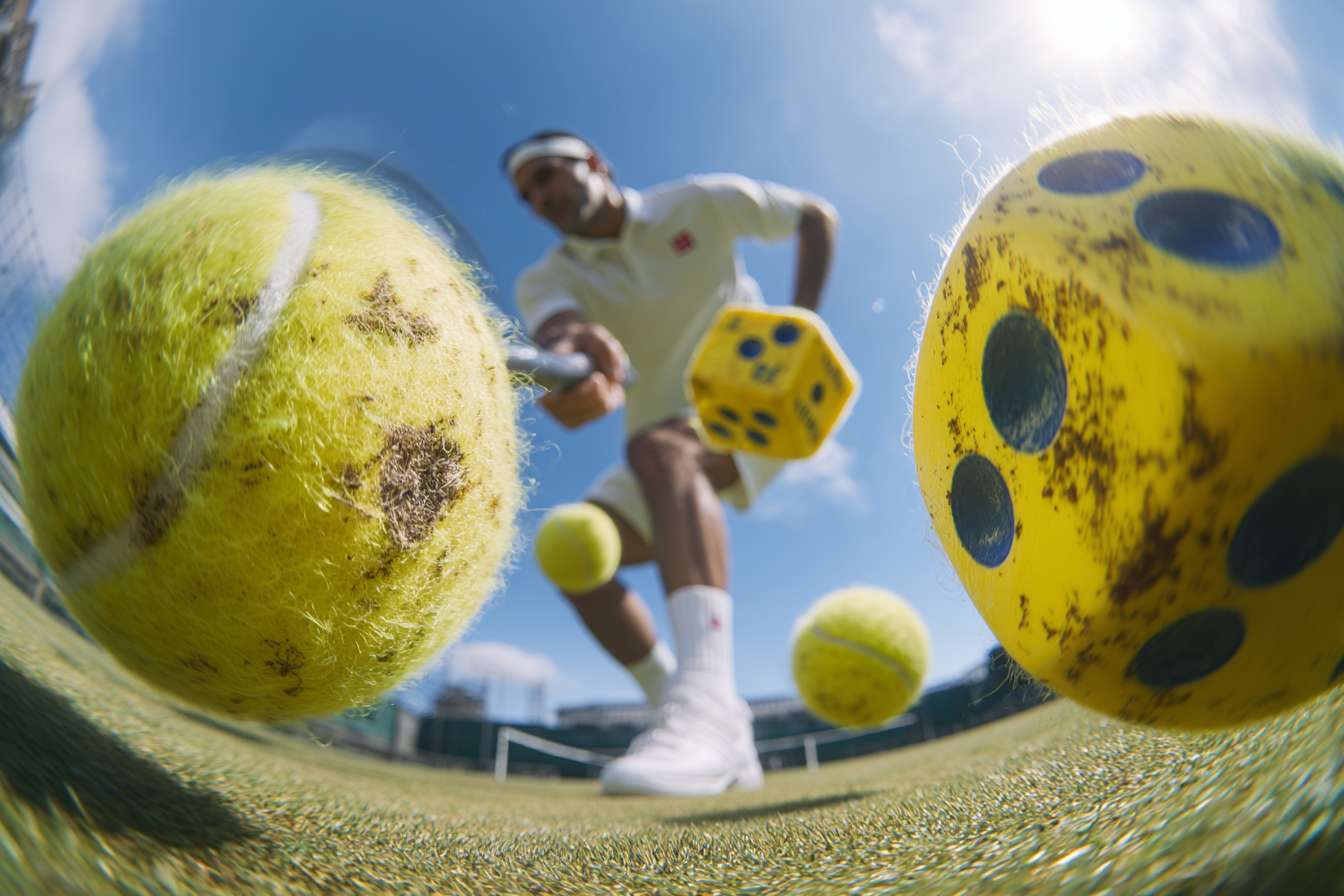Skill acquisition is the currency of modern sport. Players who integrate new strokes, strategies, and motor patterns quicker than their peers climb rankings; coaches who orchestrate high-yield sessions gain reputations for “turning iron into gold.”
Yet traditional block practice still dominates training halls despite evidence that randomised, feedback-rich environments trim learning curves. Athletes juggle academic skills, daily living skills, and complex sport-specific skills—each with its own neural signature. A clear skill acquisition plan therefore underpins sustainable performance, mitigates over-use injuries, and answers the perennial question, “Why haven’t my reps translated to match day?”
Tennis Serve as Micro-Lab for Rapid Learning
Consider an 11.5 UTR player targeting 120 mph on his deuce-court flat serve. His coach first assesses baseline kinematics (toss height, knee-hip extension timing, racket-lag angle) and essential skills such as shoulder-hip separation. The process then unfolded like an ABA task analysis: break the complex skill into discrete responses, run practice activity blocks, measure performance, and fade prompts. Challenges emerge—maintaining topspin on second serves, stabilising plantar-flexion, and managing cognitive load during point play. To meet competition demands, the athlete alternates “quiet eye” training, differential learning (changing net clearance, target width), and discrete-trial training bursts of 15 reps, each followed by self-evaluation. Within four weeks serve tempo tightened, and second-serve kick jumped 300 rpm—an example of rapid motor skill acquisition in a high-stakes environment.
Building Neural Highways
Skill acquisition is not merely behaviour; it is structural change. Repeated movement fires ensembles of neurons; myelin thickness grows; synapses prune. Long-term potentiation underpins the transition from cognitive to autonomous stages of skill acquisition. Variability drives error-based updating; external focus cues reduce pre-motor noise; intermittent rest slots promote protein synthesis. Quiet-eye gaze stabilisation before racket acceleration, for instance, reduces cortical “traffic,” allowing smoother motor commands. The challenge point framework argues that optimal difficulty—not too easy, not overwhelming—maximises information processing and, therefore, skill retention.
Four Ways Science Supercharges Motor Learning
- Random practice beats block drills for retention and transfer. A 2023 meta-analysis across 42 studies found a medium effect size favouring high contextual interference for transfer tests, confirming that varied sequences accelerate expert performance.
- Let athletes call their feedback. Intermediately skilled tennis players who requested video feedback on demand outperformed yoked peers in tactical decision-making, underlining the power of autonomy.
- Sleep turns short-term gains into long-term memory. Polysomnography studies show that motor cortex replays practice patterns during slow-wave cycles, strengthening synapses and boosting performance the next day by up to 20 %.
- Motor imagery adds silent reps. A 2025 review reported meaningful improvements in gait, balance, and sport-specific tasks after imagery protocols, confirming that neural prediction loops sharpen even without overt movement.
These evidence-based practice levers help practitioners design sessions that out-punch traditional volume-heavy approaches.
Coaching the Self with Conversational AI
Digital assistants now bridge the gap between elite-facility resources and everyday practice sessions. Four high-signal prompts illustrate how athletes and coaches can individualise training:
- “Analyse today’s first-serve spray chart; recommend a practice activity that raises in-court percentage to 65 % within two weeks using variable targets.”
- “Generate a discrete trial training ladder for the kick-serve, escalating net-height goals in 2 cm increments until responses stabilise at 80 % success.”
- “Compare my match-play heart-rate variability to normative data for 18-year-old participants; suggest recovery behaviours to restore autonomic balance.”
- “Simulate a left-handed opponent who stands inside baseline on returns; create a progressive drill that teaches me to hit wide slider serves under time pressure.”
These prompts surface process variables—practice times, level of challenge, feedback frequency—letting athletes co-author their learning trajectories.
Applied Behavior Analysis Meets Daily Training
Board-Certified Behavior Analysts revolutionised education by breaking complex behaviours into observable, measurable units; the same principles elevate sports-skill acquisition programs. Discrete trial training (DTT) structures practice into antecedent → behaviour → consequence loops; behavioural skills training adds instruction, modelling, rehearsal, and feedback; response generalisation probes whether learned skills survive in competition. Coaches can borrow from ABA to build wide-range curricula:
- Assessment: identify target skills (e.g., split-step timing) and current baseline.
- Task analysis: slice skills into teachable steps.
- Prompt hierarchy: move from intrusive to physical prompts to natural cues.
- Data-driven adjustment: chart performance every session, apply corrective shaping.
The result is an evidence-anchored road map for both foundational daily living skills such as nutrition habits and high-precision motor skills such as serve-and-volley footwork.
Game Plan Builder
- Embed variability: mix spin, speed, and placement every set to harness contextual interference.
- Schedule autonomy: dedicate 25 % of reps to athlete-selected feedback windows.
- Prioritise sleep: enforce 8–9 h recovery blocks, with no screen exposure 60 min pre-bed to optimise consolidation.
- Run imagery micro-sessions: three 5-min mental rehearsals daily reinforce neural templates.
- Leverage AI reflection: end practice with a chat prompt reviewing successes and challenges, generating next-day goals.
Put together, these steps form a skill acquisition spectrum—from early cognitive rehearsal through autonomous execution—ensuring both player and coach ride the fastest lane toward sustained performance.
